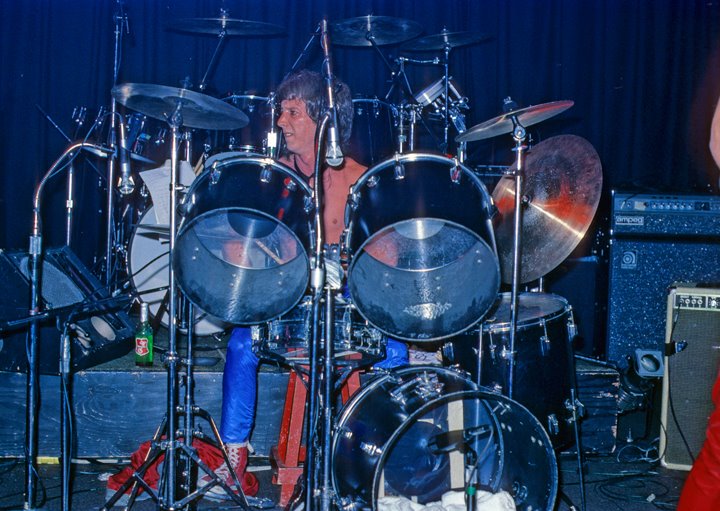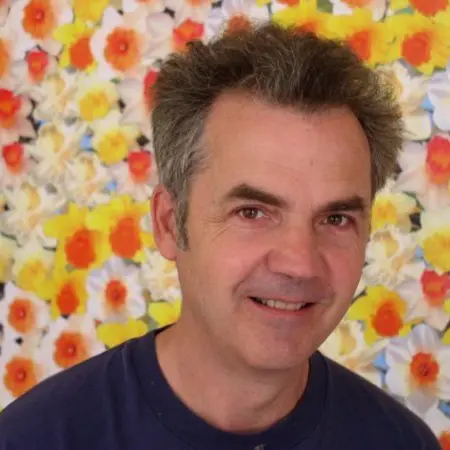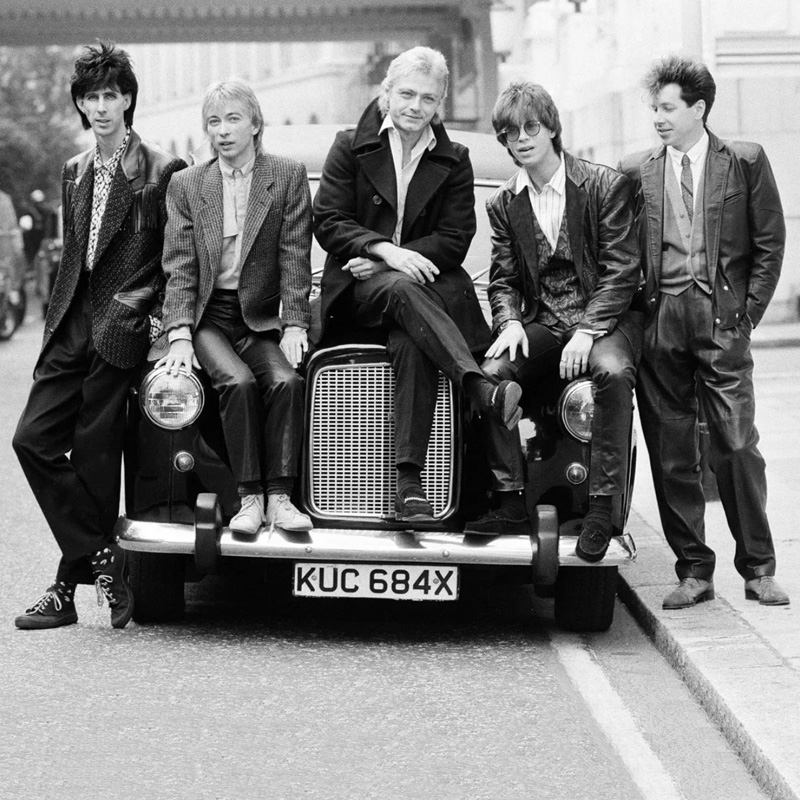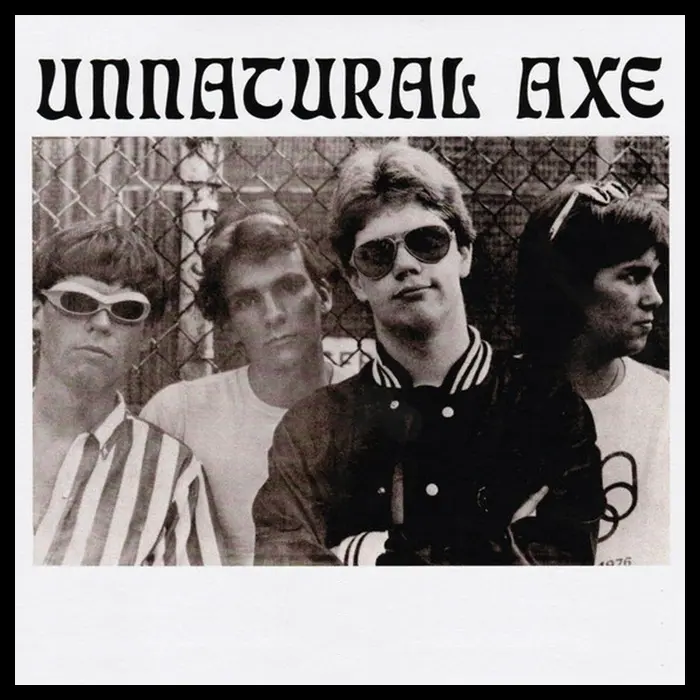La Peste

The Sex Pistols cut just four singles and one album with original frontman Johnny Rotten but became one of the most seminal acts in history despite their limited discography. And La Peste accomplished the same thing on smaller scale while making the Pistols look downright prolific: They became one the most significant punk acts out of Boston despite recording just one official single. Yes, that’s two songs, meaning their total studio output was just north of seven minutes.
Like Unnatural Axe, The Freeze and The Infliktors, the trio was a foundational element of Boston’s nascent punk scene, with their mix of untamed aggression, edgy melodies and shadowy lyrics giving them an amped-up Joy Division vibe and distinguishing them from their contemporaries in New York City, Los Angeles and London. “Like a freaking machine, they were, sinister and icy, sinuous and taut,” according to Boston-rock historian Johnny Angel, former frontman of The Thrills and The Blackjacks, who compared La Peste to a combination of Black Sabbath and artcore pioneers Wire. “They came and went like a tornado, surfing that first punk wave like champions. Buzzsaw gits, jackhammer line-less bass and precisely sloppy drumming. La Peste was just plain perfect.”
FORMATION, NAME, “BETTER OFF DEAD,” ROCK ‘N’ ROLL RUMBLE
Formed at the dawn of punk in 1976, the original lineup consisted of vocalist-guitarist Peter Dayton, then a student at Boston’s School of the Museum of Fine Arts, bassist Mark Karl (nee Andreasson) and drummer Roger Tripp, who were living together in a Boston rooming house. Despite never having played an instrument, Dayton was inspired to start a band after seeing a Ramones gig the previous year and he played a tape of that show for his housemates – also non-musicians – to get them on board. At the time, Karl was listening to a lot of David Bowie and Roxy Music and Tripp was a huge Beatles fan, according to a 1980 profile of La Peste in Boston Rock.
“I saw The Ramones at CBGB in 1975, before their first album came out, and I loved the energy. It was anarchy by guitar, a Mosrite through a Marshall. I knew when I left that show that I’d start a band,” Dayton told Slug Mag’s Nick Kuzmack in 2014. “I played a cassette tape of their show for Mark and Roger. They didn’t quite understand what I felt at that moment, but before long, we decided to start a band. This was in 1976 and by early ’77, we were practicing every day. None of us had ever played our respective instruments before so it took a long time before any of it made sense. That was the punk message: ‘Just do it.’”
Dayton named the group after the title of French author-philosopher Albert Camus’ 1947 novel (published as The Plague in English) since the book had a major impact on his thinking when he was in high school. “I spent a year living in France when I was 16,” he told Kuzmack. “I was very influenced by existentialism and drawn to the novel about the Black Death that decimated the population of Europe starting in 1347, so I called the band ‘La Peste’ from the get-go. I felt it had energy about mortality that we could build on artistically.”
From their very first gig in 1977 (in Boston University’s student cafeteria), the group played only originals, which Karl once attributed to their amateur-level instrumental skills and desire to create a completely unique sound. “We didn’t know how to play any covers, so it was total creativity right from the start,” he told Boston Rock’s Mike Bastarache in 1980. “We had no form to follow. Some people recognized it as true art and other people recognized it as true shit. We just set up and plugged in. It was absolute garbage. But it was great garbage.”
After gigging at various spots in and around Boston in ‘77, the band took the city’s punk scene by storm in ‘78 after local label Black Records issued their sole single, ”Better Off Dead” b/w “Black” (recorded at Intermedia Sound Studios) and they finished first in the First Annual Spring Rock ‘n’ Roll Festival, held at Inn-Square Men’s Bar in Cambridge and co-sponsored by WBCN and The Boston Phoenix. That led to appearances at CBGB, Max’s Kansas City and Hurrah in New York City and in 1979 they established themselves as one of the most promising new bands in the US by reaching the finals at the WBCN Rock ‘n’ Roll Rumble (held at The Rathskeller and won by The Neighborhoods). By the fall of ’79, a deal with a major label seemed all but certain.
DAYTON’S DEPARTURE, LATER APPEARANCES, DISBANDING
Despite the hype surrounding the group, however, no label deal came together and Dayton walked away from La Peste in late 1979 following what he called a “Syd Barrett moment” (in reference to Pink Floyd’s original frontman, who the band ousted out for his increasingly bizarre behavior). “I left abruptly in a kind of psychotic state,” he told Slug Mag’s Kuzmack. “I thought it would kill me if I kept going. I was totally wasted and spent. I look back and don’t feel good about it, but it got very, very intense. I had created something with Roger and Mark that I felt I couldn’t sustain. So I quit.”
While Dayton formed The Peter Dayton Band, Ian Kalinosky took his place in La Peste and the trio stayed together through 1982, playing at Boston clubs such as The Rathskeller, The Channel, The Space, Cantone’s, The Underground and Spit. During those years, Kalinosky was outspoken about how La Peste wasn’t really a “punk” band, since their message was mostly positive. “A lot of people don’t recognize that there’s no such thing as ‘punk rock,’” he told Boston Rock’s Bastarache. “People who want to be in a ‘punk-rock band’ actually want to be in a ‘novelty band’ now. We’re not into that ‘no future, no hope’ thing. It’s actually the very opposite of that. We’re saying that there is hope and that life doesn’t suck.”
TRIPP’S DEATH, COMPILATIONS, LIVE DVD
On December 31, 1993, by which time the band had been finished for over a decade and Dayton had become nationally known for his paintings, Tripp died in a car accident, the victim of a drunk driver. In the wake of his death, Dayton announced that the band would never reunite under any circumstances. “La Peste will never re-form as drummer Roger Tripp is no longer with us, sadly,” he told Slug Mag’s Kuzmack. “I’ve always felt that rock ‘n’ roll doesn’t work visually when one passes a certain age. It’s all about hormones and adolescent rage – something we excelled at.”
Several compilations of previously unreleased La Peste material have been issued, including La Peste (Matador, 1996), a 21-track disc that’s been out of print for years. In 2004, Smash Easy issued La Peste V. 2.0, a collection of 19 songs that the band recorded after Dayton’s departure (among them “New Heart,” “Army of Apathy” and “Acid Test”) and in 2006 the Bacchus Archives label released the 26-track Better Off La Peste, which includes only unreleased material except for the original versions of “Better Off Dead” and “Black” and a live cut of “After Dinner Crimes.” In 2011, Boston-based filmmaker Jan Crocker produced a DVD of La Peste performing 18 songs live 1979; he recorded the audio at a Rathskeller gig and synched in video clips of the band and audience from shows at other venues.
LEGACY, DAYTON’S DISAPPOINTMENT IN HARDCORE
Writing for the online music distribution site Forced Exposure in April 2024, Joe Harvard called La Peste “one of the most popular and critically loved groups” on Boston’s punk scene in the ‘70s – noting that “their live shows never failed to generate real excitement, a sense that this was an event you were witnessing” – and said they paved the way for some groups that defined the ‘80s. “They were masters of the subtle, repeating riff and the open-string drone, marking the path followed – in different ways – by bands like U2, The Smiths and Hüsker Dü,” he wrote.
Asked how he’d describe La Peste, original frontman Dayton talked about how he and his bandmates mixed genres and never took themselves too seriously, unlike many of the hardcore bands that emerged. “La Peste was loved in Boston and we were leaders of a whole new movement in music,” he told Kuzmack. “We were ahead of our time in that our music was a hybrid of heavy metal and pop. It was nasty but catchy and had a slight tongue-in-cheek element, too. The hardcore movement that followed had none of that and was a big disappointment for me.”
(by D.S. Monahan)



























